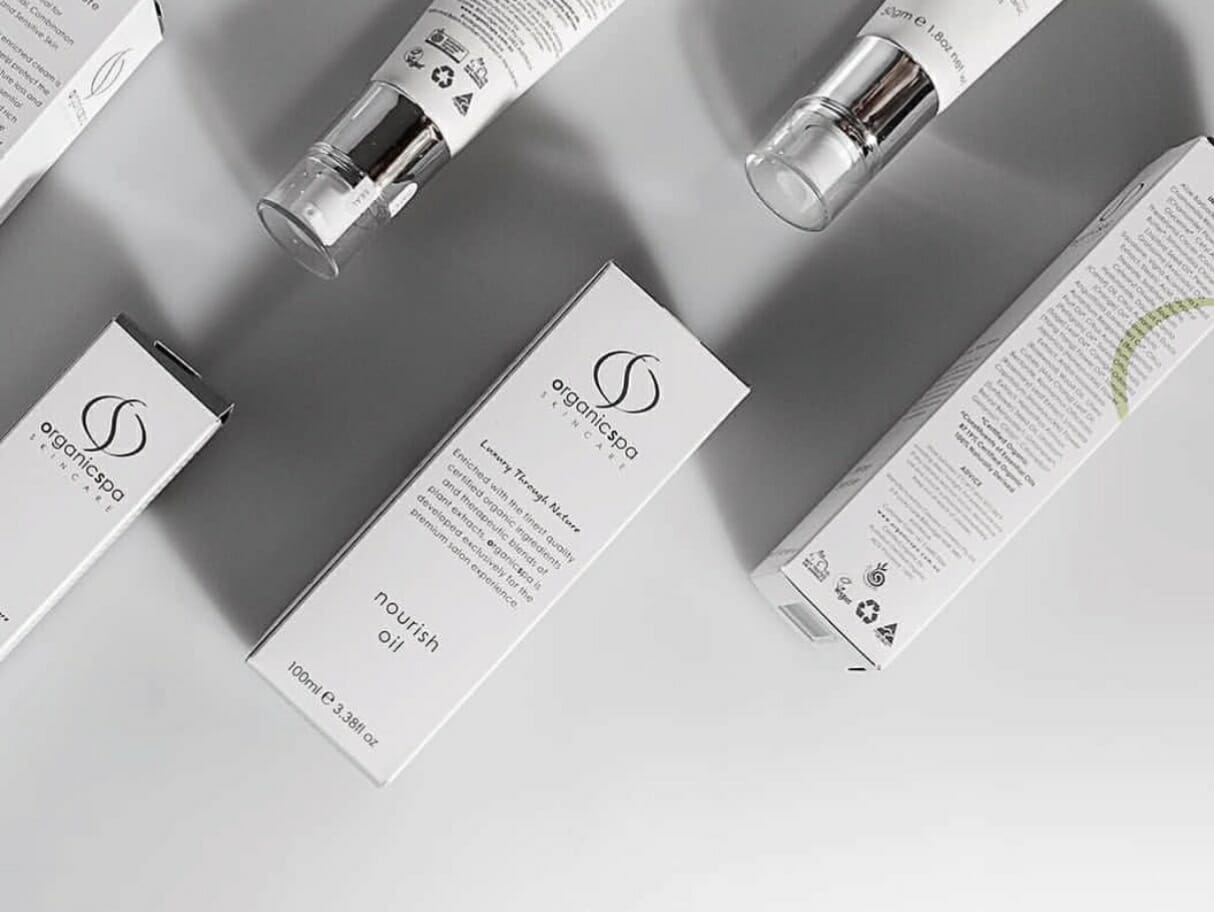What does “skin type” mean?
Your “skin type” refers to the condition of your skin on the basis of your genetics. This, combined with environmental and lifestyle factors, creates the unique makeup that is your skin type, which may be “dry”, “oily”, “combination” or a complete mixture of any of the above. Some skincare ingredients, foods, medications and environmental/lifestyle factors can promote or inhibit your skin’s natural oil-flow, but your genetics will play the ultimate role in your skin type, and is something we should work with, not against.
Your individual skin type provides a basis when it comes to treating any skin concerns, as the wrong product ingredients or salon treatments could have a negative impact on its present condition, function and even long-term health. For example, treating dry skin like its oily skin is the equivalent to watering your veggies at the same rate that you would water your succulents!
Am I dry, oily or combination?
When we mention “skin type”, we’re essentially referring to the amount of oil, or “sebum”, your skin produces. This could be higher or lower than “normal”, and knowing where you sit on this scale can help you to choose the correct at-home skincare products and salon treatments.
A true “dry” skin type has no active oil production, as the sebaceous glands are inactive. This skin type would sit on the lowest end of the scale. The pores will appear very fine, and not too visible on the skin. It will generally feel tight, dry, and will be more prone to finer lines and cracked lips.
A true “oily” skin type, is the rarest of all skin types. However, it is also the most common marketing label you will see on supermarket shelves. This skin type sits at the highest end of the scale with a high amount of oil production present throughout the sebaceous glands on the face, neck, scalp, chest and back. Often times if you have an oily T-zone or acne breakouts, you will be placed in the “oily” skin type category, but this diagnosis is generally false.
Our skin’s acid mantle layer, which is the outer layer of the skin’s barrier and defence system, is where natural oil production occurs. When the skin’s barrier layer is constantly stripped with “oil-free”, “mattefying” or “acne clearing” products, it forces the skin to produce more oil to rebuild the barrier, therefore producing an excessive amount of oil. This could largely be responsible for causing an oily T-zone or acne breakouts in the first place, or making an existing oil production issue worse.
Combination skin; heard of it?
“Combination” skin refers to an overall more balanced skin type, which usually has differing levels of oil production across different zones of the body to meet the needs of each area. This skin type can sit anywhere from the low to mid section of the oil production scale, up to the mid to high section. This skin type is where most of the population sits, as the scale is so wide.
It’s good to be extra mindful about skincare products when you have been categorised or self-diagnosed as having combination skin. This is because combination skin that sits at the oily end of the scale will still have vastly different needs to skin that sits on the drier end of the scale. One-size-fits-all combination skin products are therefore quite often not suitable for everyone with combination skin.
Marketing vs. Your Skin Type
Have you done an online quiz or a quick test on a flyer in a supermarket to determine your skin type? For an accurate skin type diagnosis, a trained therapist needs to feel the texture of your skin, as well as check the overall condition and oil production levels.
Marketing tactics and mass-produced skincare products are all too often the key driver in people trying to diagnose what is going on with their skin type. Marketing is designed to appeal not to the skin’s real needs, but instead to people’s desperation for healthy, glowing skin.
Mainstream products have been designed to simply target a wide audience, rather than to truly address the needs of specific skin types. But when a beautiful girl on Instagram says that the latest “wonder product” stopped all of her breakouts, we’re tempted to jump on board and hand over our money. People find these skin concerns relatable, so we believe they could be right for our skin too.
Putting trust in a product that has not been professionally prescribed for your individual skin could ultimately be causing far more harm than good.
What is your skin type?
Understanding your real skin type can be a challenge at first, especially if you have been placed into the combination category but don’t know which side of the scale you sit on. However, with a professional skin analysis and trained guidance, you can be on your way to knowing exactly how to care for your specific skin.
If you are a little unsure on what your skin type truly is or where you sit on the oil production scale, we are always here to help and guide you on your way to beautiful skin. Please email [email protected] anytime to book in a facial or consultation. Remember, no questions are ever too silly!




